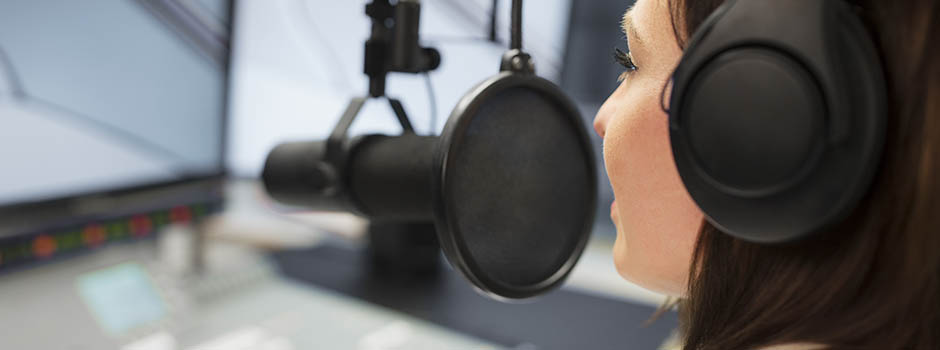These days interactive radio is no longer limited to live phone-ins. The growth of texting, the Internet and social networks as well as the use of voicemail have changed the game. This has allowed presenters to regain control and the editorial initiative so often abandoned to the dangerous ground of irrelevant phone-ins with the risk of seeing everything “go off the rails”.
A change for the better, which is most welcome but which nevertheless requires some advice gleaned from experience, necessary for negotiating the choppy waters of live radio:
- Before a listener is allowed to participate it is necessary to communicate with them first off-air.
This is the only way to be able to anticipate what they will contribute and thus be in a position to limit (albeit never completely eliminate) the many risks of live broadcasting (manipulation, provocation, insults or slander, repetition, poor quality of the line, confusion, etc.)
- Try to steer the listener towards telling a story or asking questions.
While all or almost all callers’ opinions may be respectable, they are not necessarily original or interesting for listeners. On the other hand, personal accounts usually are. These should be encouraged through the content of trailers, during the initial chat with the caller and while on air.
In addition, the most informative and successful interactive programmes are those that allow listeners to ask questions of one or more guests, experts or influential figures.
- The technical equipment (telephone hybrid) must make it possible to make calls as well as to receive them in the control room.
This lets you call back, during the programme, people who have indicated – before the programme went on air – their desire to participate, whether by phone, text, email or even Facebook message.
It is also necessary ensure good communication between the studio and the control room (via a talkback microphone or better still, two computer screens, one in each location) and, at least, to ensure that the production team knows the sign language necessary between the producer/technician and the host to ensure the show goes smoothly.

